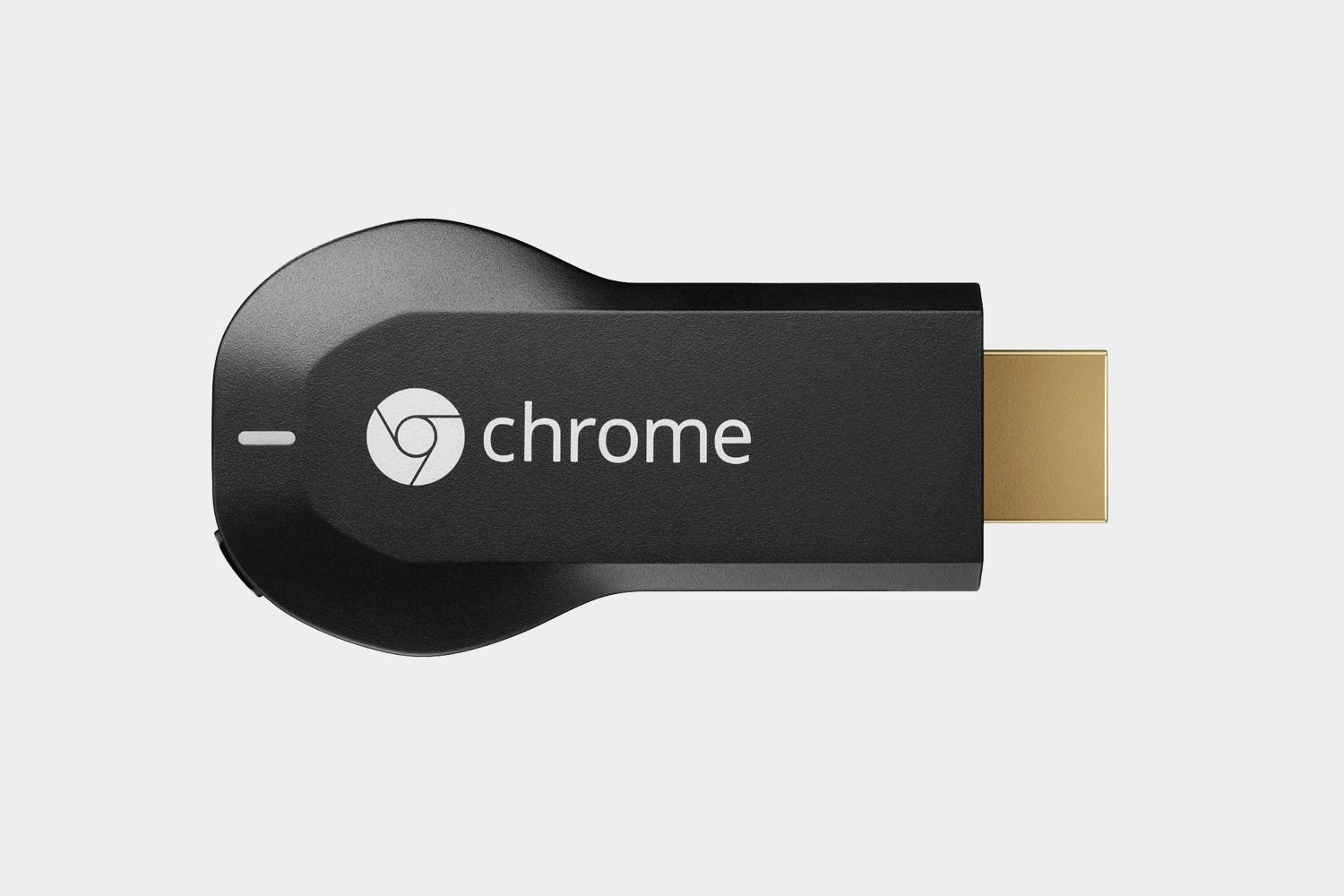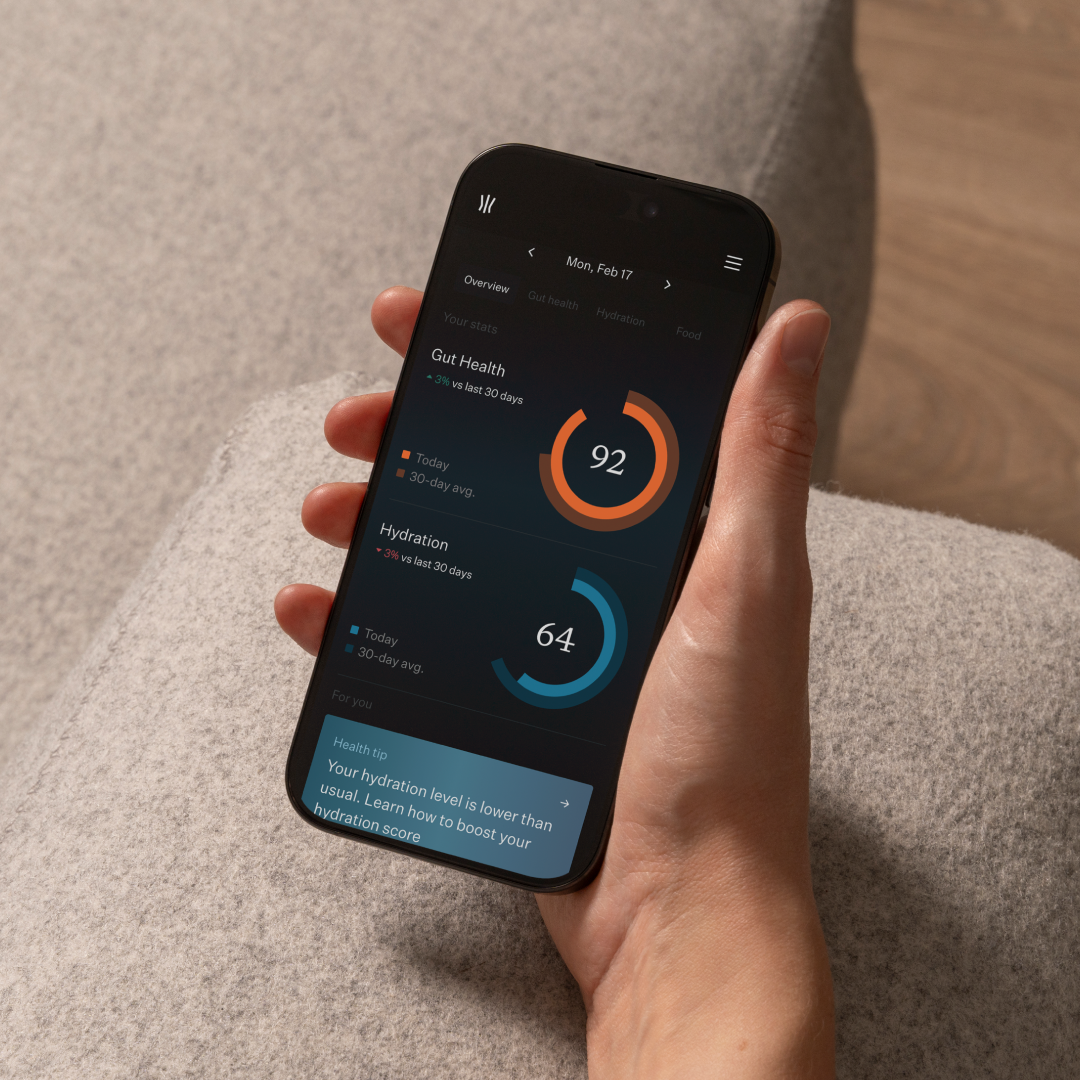

Chromecast
We designed the original Google Chromecast, a revolutionary $35 digital media player for streaming audio-video content to your TV through mobile and web apps. Users can browse, control playback, and adjust volume from their mobile device. Whipsaw provided industrial design, development strategy, user interface design, and packaging for Chromecast. We strove to make the device so small that it could be plugged directly into the TV’s HDMI port behind the TV. Making the hardware minimal like this allowed the TV onscreen content to dominate, which is what consumers really wanted.Our design of a set of Chromecast icons and home screens further enhanced this radical new way to interact with your TV. The Chromecast shape was derived from form and function alike. The “key” shape is a metaphor for unlocking the Internet, the narrow front clears adjacent cables when plugged in, and the round end contains an antenna on one side and a switch on the other. Over 30 million units have been sold globally since its launch, making Chromecast the best-selling streaming device in the United States in 2014. From Chromecast’s launch to May 2015, it handled more than 1.5 billion stream requests.




Video with default size
Video with full width




Statement Headline
The rich text element allows you to create and format headings, paragraphs, blockquotes, images, and video all in one place instead of having to add and format


Statement Headline
A rich text element can be used with static or dynamic content. For static content, just drop it into any page and begin editing. For dynamic content, add a rich text field to any collection and then connect a rich text element to that field in the settings panel. Voila!
Quote text 1
Quote text 2
Headings, paragraphs, blockquotes, figures, images, and figure captions can all be styled after a class is added to the rich text element using the "When inside of" nested selector system.
Video with default size
Video with full width




Statement Headline
The rich text element allows you to create and format headings, paragraphs, blockquotes, images, and video all in one place instead of having to add and format


Statement Headline
A rich text element can be used with static or dynamic content. For static content, just drop it into any page and begin editing. For dynamic content, add a rich text field to any collection and then connect a rich text element to that field in the settings panel. Voila!
Quote text 1
Quote text 2
Headings, paragraphs, blockquotes, figures, images, and figure captions can all be styled after a class is added to the rich text element using the "When inside of" nested selector system.



.jpeg)






.svg)
